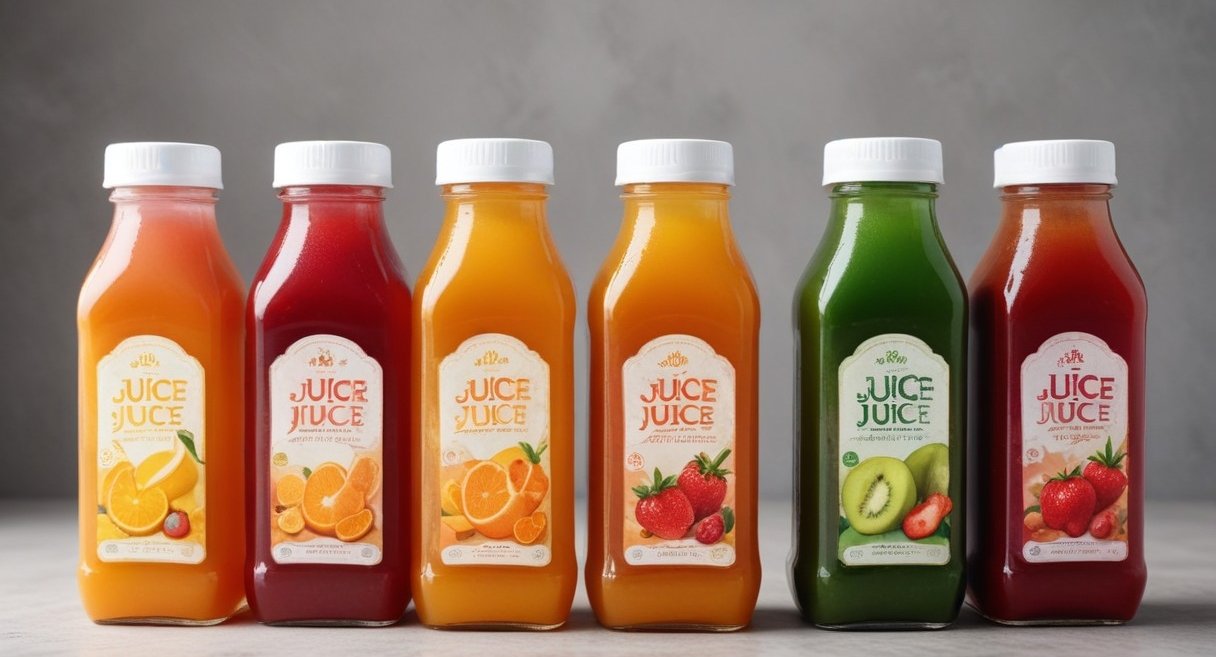F&B manufacturers understand the importance of both the taste and appearance of their products. To enhance the visual appeal and mouthfeel of beverages, cloudifiers or clouding agents are added to create an appealing opalescence, mimicking the natural look and feel of plant cell particles like pectin, oil, or protein. These clouding agents help beverages appear more natural and attractive, providing a thicker consistency that communicates the authenticity of freshly squeezed fruit or juiced vegetables.
Cloudifiers are utilized to mask sedimentation, where particles settle at the bottom, or prevent ringing, where flavoring or coloring oils rise to the surface during storage. They are commonly used in fruit juice, enhanced water, carbonated soft drinks, dilutable, mixers, and alcoholic beverages. Consumers are increasingly seeking clean labels with recognizable ingredients, driving the demand for natural clouding agents.
Clouding agents are widely used in various beverages to enhance their visual appeal and mouthfeel. In functional beverages, clouding agents are used to enhance the visual appeal and mouthfeel. In milky products like smoothies and yogurts, clouding agents are used to create a creamy texture. Clouding agents can also be used in sauces, dressings, and desserts to add a desirable visual effect.
The manufacturing process of clouding agents involves dispersing the stabilizer in water, premixing the citrus oil with the weighting agent, and combining it with the water mixture to create a pre-emulsion. The pre-emulsion is then passed through a high-pressure homogenizer to obtain the required globule size. This process is crucial in achieving the desired cloudiness and stability of the final product.
While clouding agents like Arabic gum are safe and may offer health benefits, consumer perceptions around unfamiliar ingredients can impact purchasing decisions. To address this, producers are developing formulations that combine colour and cloud emulsions, reducing the need for multiple components and improving label transparency. Innovative approaches aim to enhance compatibility and efficiency while overcoming challenges associated with working with various emulsions.
Future Market insights shows that the cloud emulsions market is projected to reach $1200.35 million by 2032, reflecting a Compound Annual Growth Rate (CAGR) of 7.3% from $592.8 million in 2022. Clouding emulsions are typically composed of neutral-flavoured oils, stabilizers like Arabic gum, and weighting agents to prevent ringing. The manufacturing process involves dispersing stabilizers in water, pre-mixing citrus oil with weighting agents, and passing the pre-emulsion through a high-pressure homogenizer to create the final cloudifier.
In conclusion, clouding agents play a crucial role in the beverage industry by enhancing visual appeal, texture, and stability of products. As consumer preferences shift towards natural and clean label products, the demand for innovative and transparent formulations continues to drive the growth of the cloud emulsions market.

